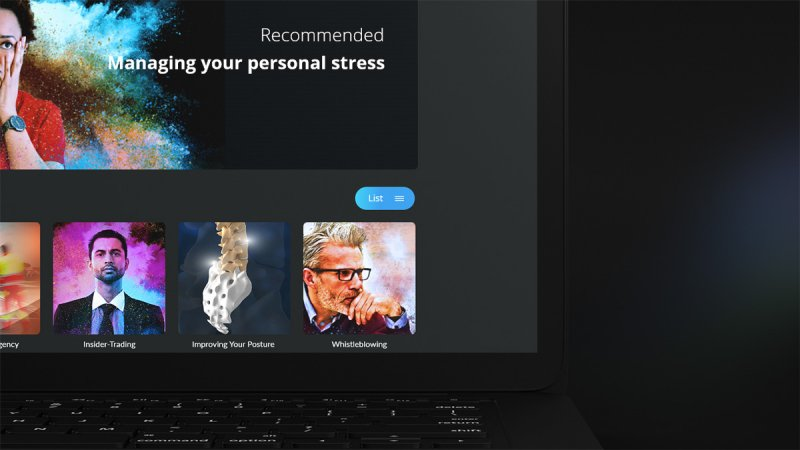A Learning Management System (LMS) is the most popular place for an organisation to store its eLearning courses and learner records. LMSs are the software platforms through which educational and training programs are delivered. The reason LMSs have grown in popularity over the years is simple: they provide a handy, user-friendly and technologically advanced way of organising a company’s eLearning materials.
Is an LMS necessary for delivering a successful eLearning schedule? Some of the positives include:
1. Flexibility
eLearning through an LMS is arguably one of the easiest ways of delivering training to teams that are geographically spread out or work different hours. Learners can take the relevant courses at times that suit them and their workflow, digesting the information at their own pace. This is much more flexible than traditional face-to-face training, which goes at the trainer’s pace and has to happen at a specific time and place, regardless of absences or scheduling conflicts. (Blended learning takes the positives from both approaches.)
2. All in One Place
With an LMS, all learning materials and learner records are stored in one, easy-to-access place.
Modern LMSs are easy to update. Content can be added by administrators and even tailored to meet the specific needs of the company. Employees and groups of employees can be enrolled in the learning activities that best meet their requirements and their progress tracked.

3. Knowledge Retention
With an LMS, you can group courses on similar topics together and organise refresher training for workers who require it. It’s also possible for learners to go back and revise materials already covered to cement the concepts they’ve learnt in their memories.
Microlearning is a good example of training designed for knowledge retention. Short, information-rich bursts of training convey some ideas very well and stick in the memory longer, in many cases.
4. Changing as Your Needs Change
Look back on your business’ requirements from five years ago. Chances are they’ve changed rather significantly!
Many businesses are continually growing, expanding into other markets and updating their product offerings. Taking on new staff requires onboarding and initial training, which is easier to set up through an LMS than through face-to-face training.
An LMS (and the eLearning courses it stores) makes it easier to add new content. You can also tailor courses so they are aimed more directly at each learners’ needs.
Choosing the Right LMS for You
Once you’ve decided to use an LMS for your organisation’s online learning program, you have the task of deciding which one to invest in. They will all have the basic features of storing eLearning resources and learners’ records.
Although there are differences, the terms LMS and Learning Experience Platform (LXP) are sometimes used together. LXPs, generally speaking, aim to offer an upgraded user experience, and use AI to deliver personalised suggestions for additional courses for individual learners to take. The interface presents these in the familiar manner of “You Might Also Like…”, with relevant courses organised into categories. This offers learners control over their own learning journeys and increases engagement: when people are offered a choice rather than simply working their way through a list of mandatory courses, they can gravitate towards the content that works for them.
Our Astute platform offers a modern, high-tech option. With an excellent, intuitive user experience and data-driven design, it automatically collects and interprets learner data to promote future learning opportunities.
An LMS can make the delivery of eLearning easier and more organised. Taking the time to research the benefits of online training and investment in LMSs will pay off and allow you to deliver the learning and development plan you want to.
